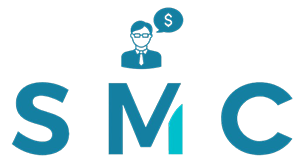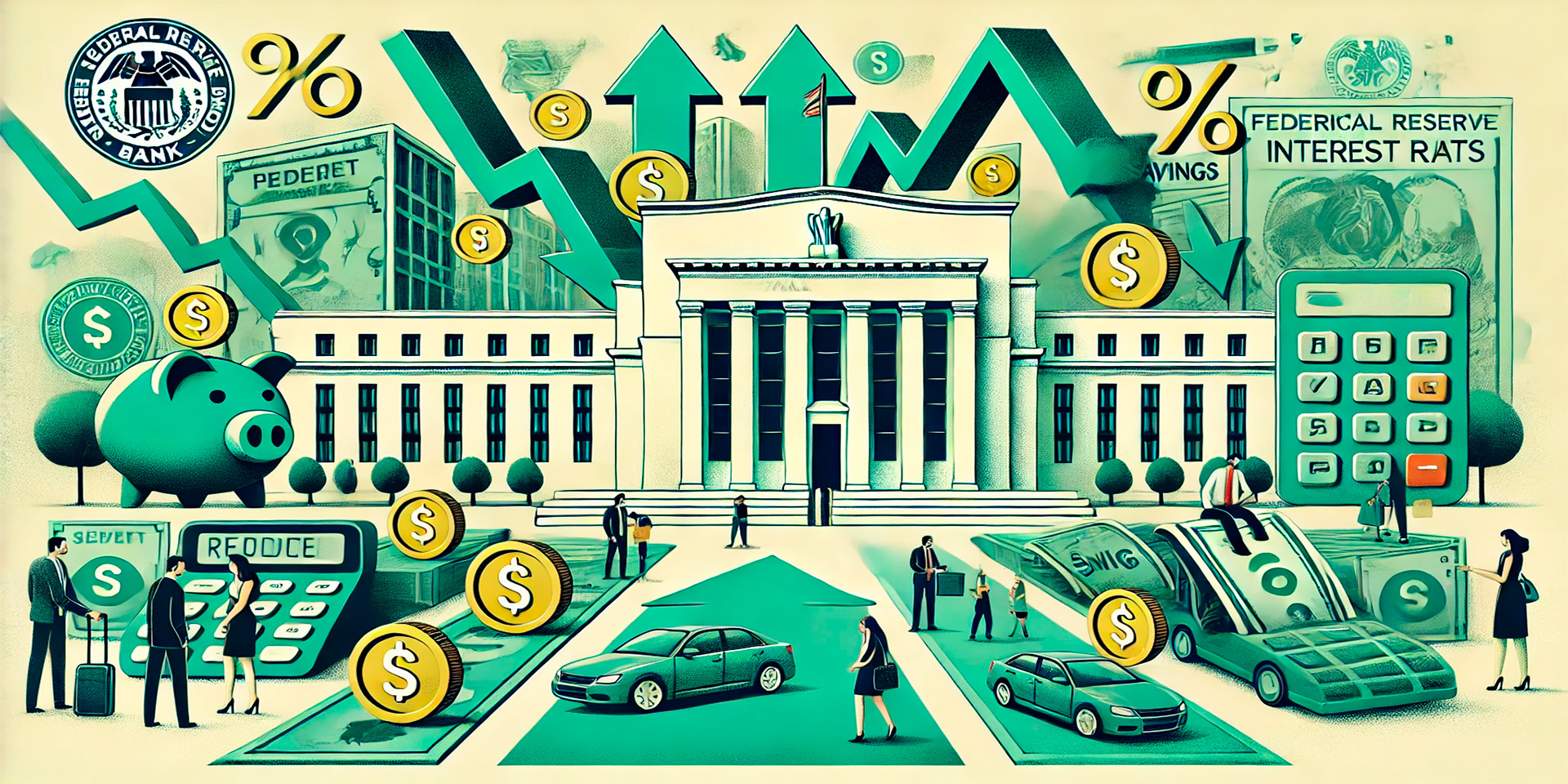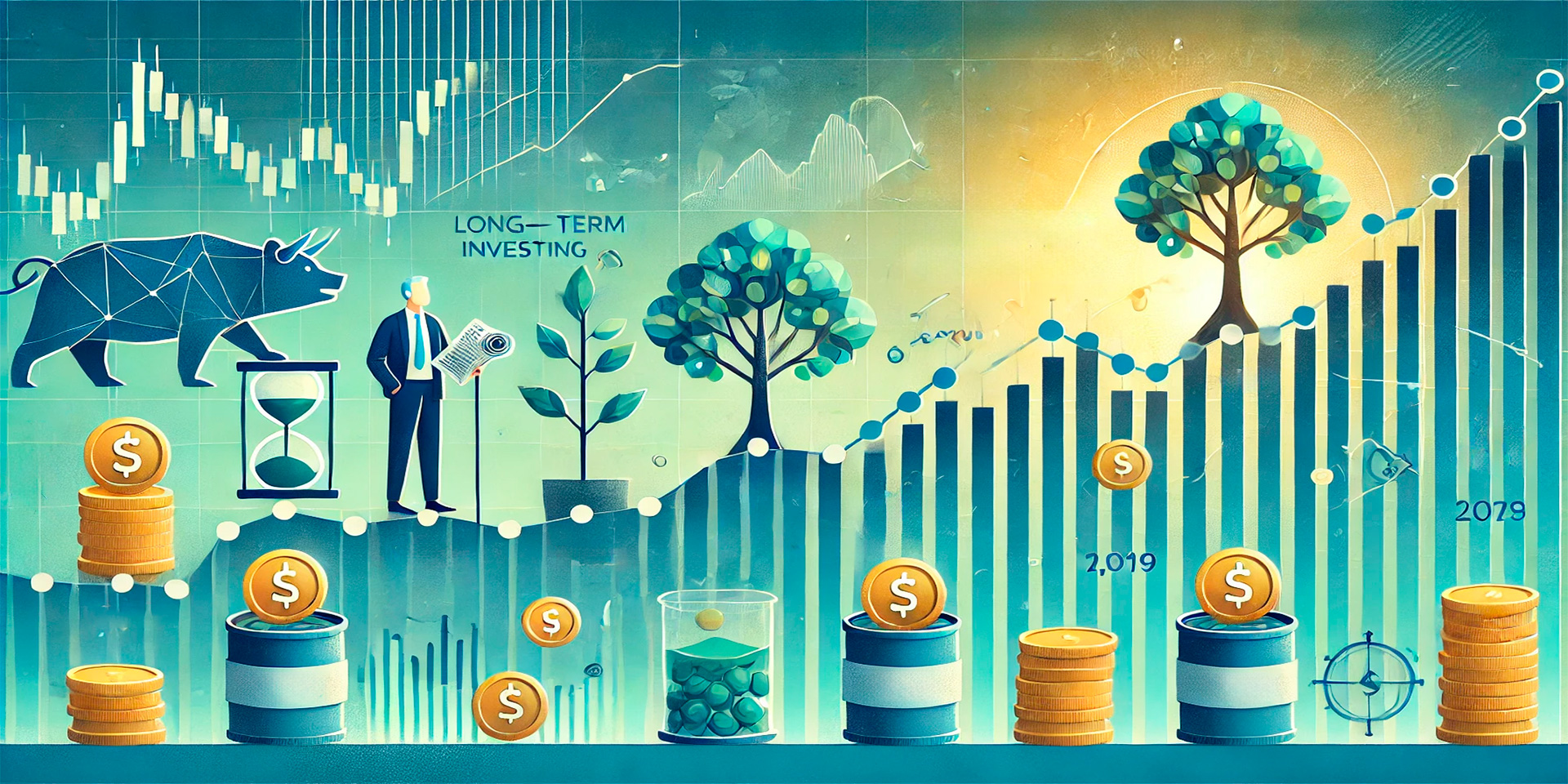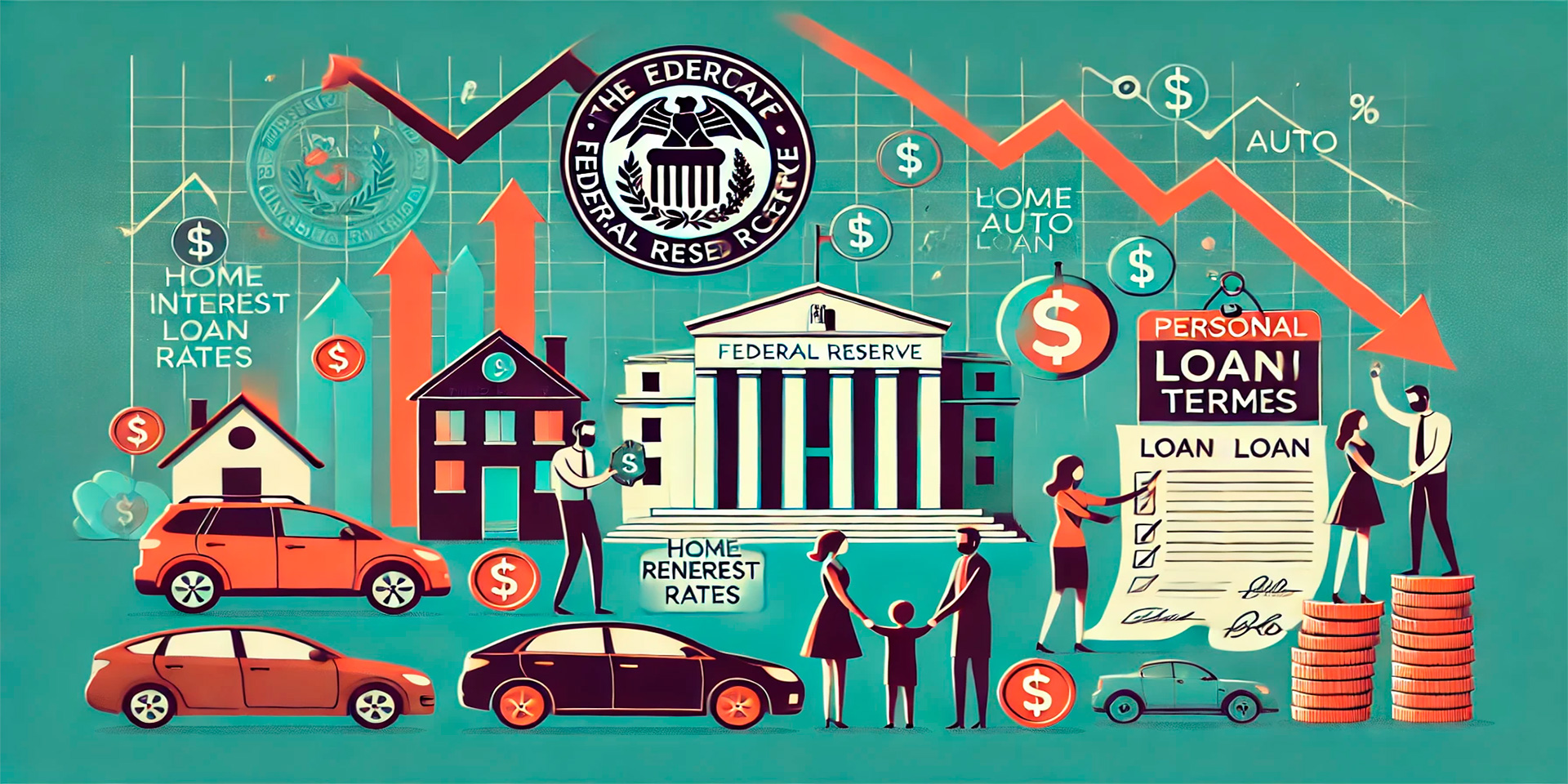When the Federal Reserve (Fed) cuts interest rates, it has a direct effect on the cost of borrowing, making personal loans more affordable for consumers. The Fed’s interest rate decisions influence the broader economy, impacting everything from mortgage rates to credit cards and personal loans. A rate cut signals lower borrowing costs, which can benefit consumers looking to take out or refinance personal loans.
Personal loans are often used to consolidate debt, cover unexpected expenses, or fund large purchases. The interest rate on these loans plays a significant role in determining how much the loan ultimately costs. When the Fed lowers rates, lenders typically reduce their interest rates on personal loans, providing an opportunity for borrowers to save money.
Why Fed Rate Cuts Lower Personal Loan Costs
The Federal Reserve sets the federal funds rate, which is the rate at which banks lend to each other overnight. While this rate does not directly determine personal loan rates, it influences the overall cost of borrowing across the financial system. When the Fed cuts rates, it becomes cheaper for banks to borrow money, and they pass these savings on to consumers in the form of lower interest rates on loans.
Lower Interest Rates Mean Lower Monthly Payments
One of the most immediate benefits of a Fed rate cut is a reduction in the interest rates offered on new personal loans. With lower rates, borrowers pay less in interest over the life of the loan, which reduces monthly payments and the total cost of borrowing.
Impact on monthly payments: If you’re taking out a $10,000 personal loan at a 6% interest rate, your monthly payment would be about $193 for a 5-year term. If the interest rate drops to 4% after a Fed rate cut, your monthly payment would decrease to $184, saving you $9 per month.
Long-term savings: Over the life of a 5-year loan, this seemingly small reduction in monthly payments would save you over $500 in interest costs, making the loan significantly more affordable.
Lower monthly payments give you more flexibility in managing your budget and allow you to pay down your loan faster if you choose to make extra payments.
Refinancing Opportunities
If you already have a personal loan with a higher interest rate, a Fed rate cut presents an opportunity to refinance your loan at a lower rate. Refinancing involves taking out a new loan with a lower interest rate to pay off the existing loan, effectively reducing your monthly payments and total interest costs.
Refinance to save: For example, if you have a $15,000 loan at an 8% interest rate, your monthly payments for a 5-year loan would be around $304. After a rate cut, if you refinance to a 5% interest rate, your payments would drop to $283, saving you $21 per month and over $1,200 in interest over the life of the loan.
Consider fees: While refinancing can save you money, be mindful of any fees associated with taking out a new loan. Some lenders charge origination fees or other costs that could reduce the savings from a lower rate.
Refinancing after a Fed rate cut can help you lock in lower rates and pay off your loan more affordably, especially if interest rates were higher when you initially took out the loan.
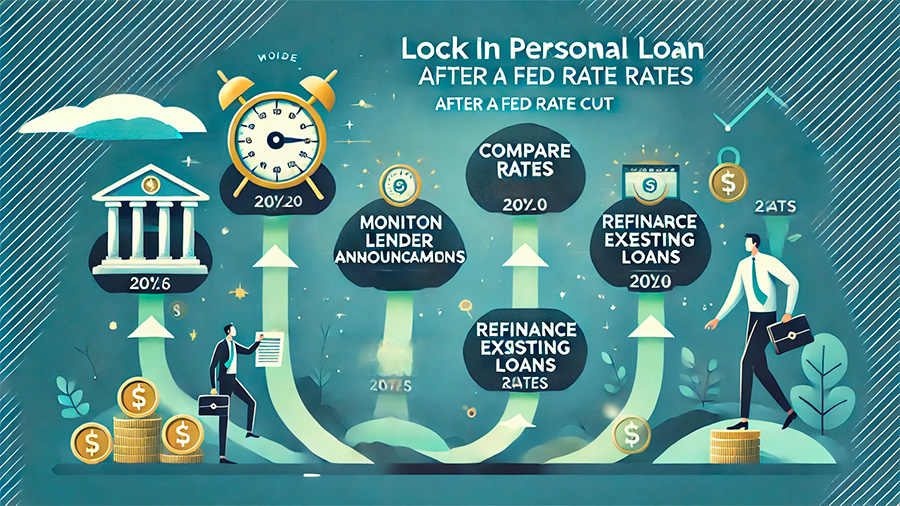
How to Lock in Lower Interest Rates on Personal Loans
When the Fed cuts rates, personal loan rates don’t automatically drop overnight. The timing of rate changes depends on the lender and how quickly they adjust their pricing. To take advantage of a rate cut, there are several strategies you can use to lock in a lower interest rate on a personal loan.
Shop Around for the Best Rates
Not all lenders react to Fed rate cuts in the same way, so it’s important to shop around for the best deal. Comparing offers from different lenders allows you to find the most competitive rates available and maximize your savings.
- Online lenders: Many online lenders adjust their rates quickly in response to Fed rate cuts, making them a good option for finding lower interest rates.
- Credit unions and banks: Local credit unions and banks often offer lower rates on personal loans, especially to members or existing customers. These institutions may also have more flexible underwriting criteria, making it easier to qualify for a lower rate.
Shopping around ensures that you’re getting the best rate available, which can save you hundreds or even thousands of dollars over the life of the loan.
Improve Your Credit Score
While Fed rate cuts help lower borrowing costs, your credit score still plays a major role in determining the interest rate you’ll be offered. Borrowers with higher credit scores qualify for the best rates, so improving your credit score can further reduce your loan costs.
How to boost your credit: Pay down existing debt, avoid late payments, and correct any errors on your credit report. These steps can quickly improve your credit score and increase your chances of securing a lower rate.
Impact on loan offers: For example, a borrower with a credit score of 750 may qualify for a 4% interest rate, while someone with a score of 650 may be offered a 7% rate. Improving your credit score before applying for a loan can significantly reduce the interest rate you’re offered.
A higher credit score, combined with lower rates from a Fed rate cut, can make personal loans even more affordable.
Consider Fixed vs. Variable Rates
When interest rates are falling, borrowers may be tempted to choose a variable-rate loan, which typically starts with a lower interest rate and adjusts periodically based on market conditions. However, variable rates can increase over time, potentially leading to higher payments in the future.
Fixed-rate loans: With a fixed-rate loan, the interest rate stays the same for the life of the loan, providing stability and predictability in your monthly payments. This can be especially valuable if you expect interest rates to rise again in the future.
Variable-rate loans: Variable-rate loans offer lower initial rates, but they can increase if the Fed raises rates later on. If you choose a variable-rate loan, be prepared for possible payment fluctuations.
In a low-rate environment, locking in a fixed-rate loan after a Fed rate cut can help you secure lower borrowing costs and protect against future rate hikes.
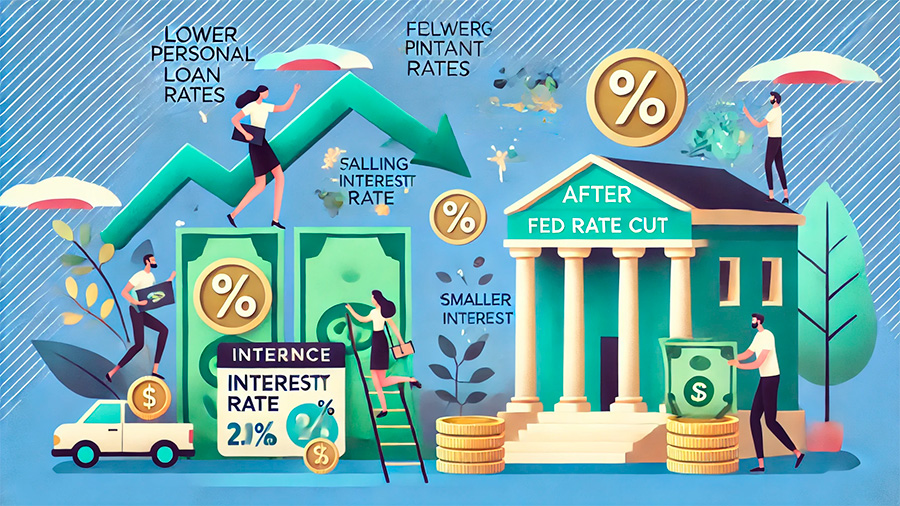
The Long-Term Benefits of Lower Rates on Personal Loans
Taking advantage of lower personal loan rates after a Fed rate cut doesn’t just help you save on interest—it can also improve your overall financial health. By reducing your monthly payments, you can free up more money for other financial goals, such as building an emergency fund or paying off high-interest debt.
Debt Consolidation
Lower interest rates on personal loans make debt consolidation more affordable. If you have high-interest credit card debt or other loans, consolidating them into a single personal loan with a lower interest rate can simplify your payments and reduce your total interest costs.
How it works: For example, if you have $10,000 in credit card debt at a 17% interest rate, consolidating that debt into a personal loan with a 5% interest rate would lower your payments and save you a significant amount in interest.
Streamlining payments: Consolidating multiple debts into one loan also makes it easier to manage your finances, as you’ll have only one monthly payment instead of several.
Debt consolidation with a personal loan after a Fed rate cut can help you pay off your debt faster and reduce the overall cost of borrowing.
Saving for Other Financial Goals
Lowering your loan payments by securing a lower interest rate allows you to redirect money toward other financial goals. Whether you’re saving for a down payment on a house, building an emergency fund, or investing for the future, reduced loan costs give you more flexibility in managing your finances.
Invest the savings: Instead of using the extra cash from lower payments on discretionary spending, consider investing the savings to grow your wealth over time.
Build an emergency fund: Use the money saved from lower payments to build or bolster an emergency fund, which can provide a financial cushion in case of unexpected expenses.
By taking advantage of lower personal loan rates, you can improve your financial position and work toward long-term goals more effectively.
Final Thoughts: Take Action When Rates Are Low
Fed rate cuts create opportunities for borrowers to secure lower interest rates on personal loans, reducing the cost of borrowing and providing financial flexibility. Whether you’re looking to consolidate debt, refinance an existing loan, or take out a new loan, understanding how to take advantage of lower rates can help you save money and achieve your financial goals.
By shopping around for the best rates, improving your credit score, and choosing the right loan structure, you can maximize the benefits of lower borrowing costs and lock in affordable rates for the long term. When rates are low, acting quickly to secure a personal loan at a lower interest rate can have a lasting positive impact on your financial health.

